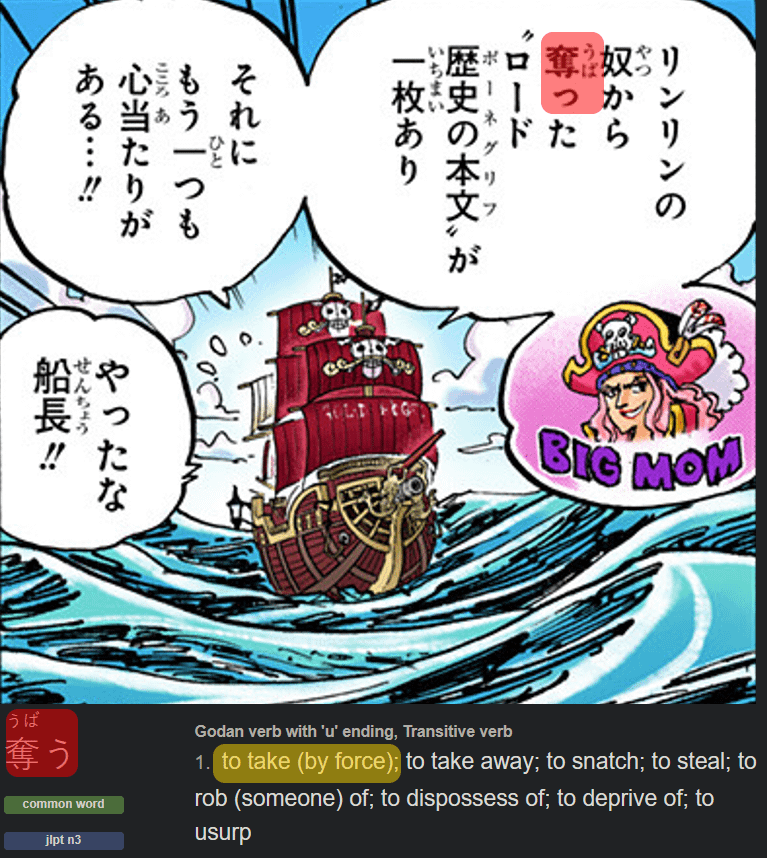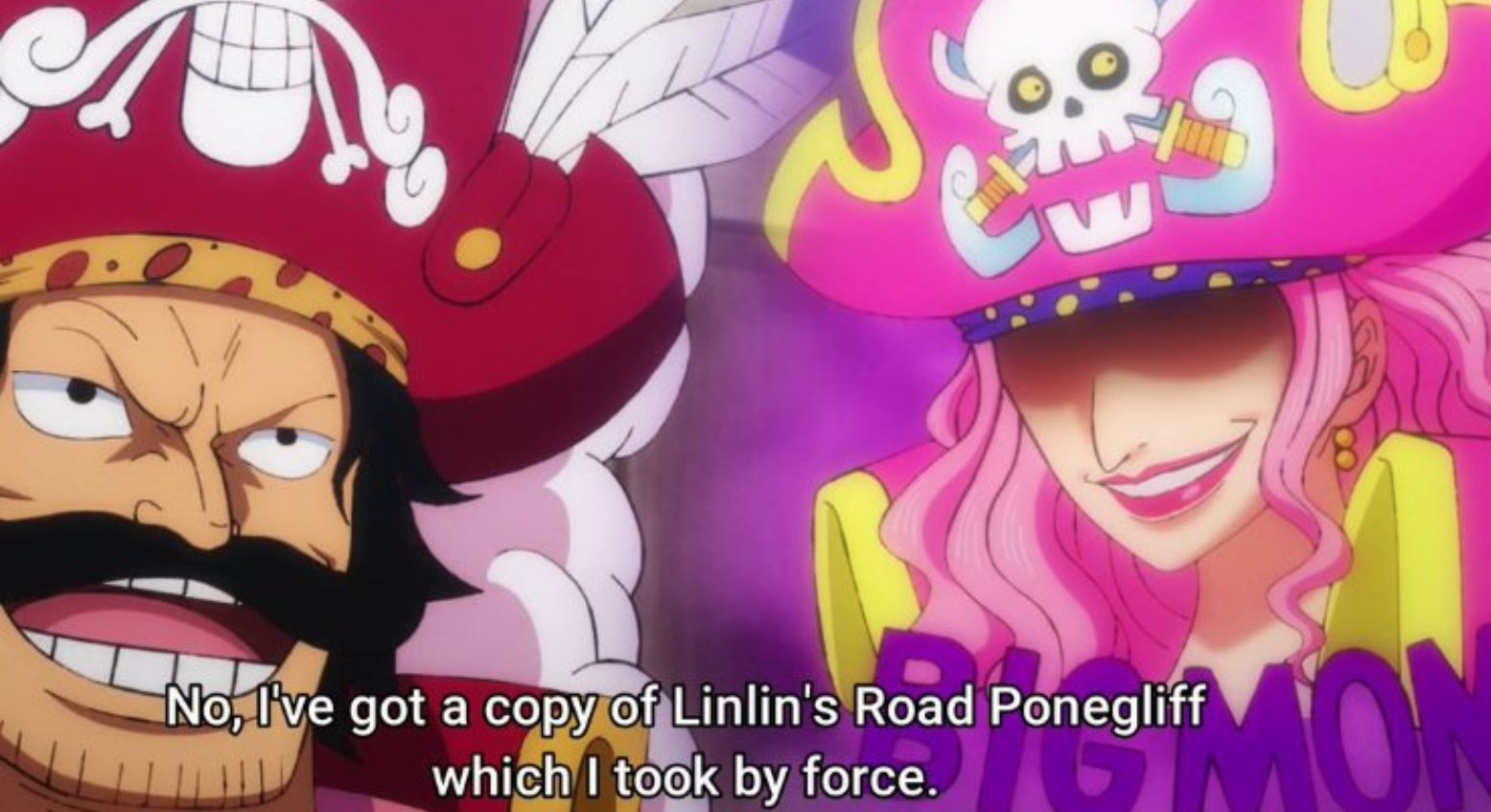When Oda states that Whitebeard bore no scar upon his back, he is doing far more than making an observation about anatomy; he is planting a narrative symbol that invites multiple interpretations and layers of meaning. The most immediate and widely embraced interpretation among fans is straightforwardly heroic: if Whitebeard’s back remained unmarked through countless battles, then it must mean he never once fled from danger, never once turned his back upon an enemy, and always stood as a towering, unyielding figure of courage. This aligns with long-standing traditions in samurai and warrior culture, where scars upon the front of the body are considered honorable evidence of facing death with dignity, while wounds upon the back are branded as stains of cowardice and shame. In this light, Whitebeard’s unblemished back transforms into a cultural shorthand for supreme valor, an emblem of the “world’s strongest man” whose reputation is equal parts physical dominance and spiritual fearlessness.
However, Oda is rarely satisfied with simple mythologizing. Rather than allow the fanbase’s romanticized vision to stand uncontested, he slyly reframes the idea with a characteristically mischievous touch. His suggestion that perhaps Whitebeard did, in fact, retreat from danger — only that he did so with such extraordinary swiftness and mastery that no enemy could so much as graze him — functions as both humor and subversion. It undercuts the one-dimensional reading while simultaneously elevating Whitebeard in a different light: not only was he courageous, but he was also a man of cunning, skill, and authority whose very act of “retreat” was indistinguishable from tactical brilliance.
This duality exemplifies Oda’s storytelling style. On one hand, he provides fans with the heroic myth they crave, reinforcing the grandeur of Whitebeard’s legacy. On the other, he complicates that myth with a cheeky reinterpretation that humanizes the character while showcasing Oda’s own irreverent playfulness. The result is a legend that operates on two levels: the exalted, larger-than-life tale that fuels Whitebeard’s iconic status, and the winking irony that reminds readers never to take such myths at face value. In true One Piece fashion, the line is both reverent and tongue-in-cheek, expanding Whitebeard’s legend while also poking fun at the very idea of legends themselves.















